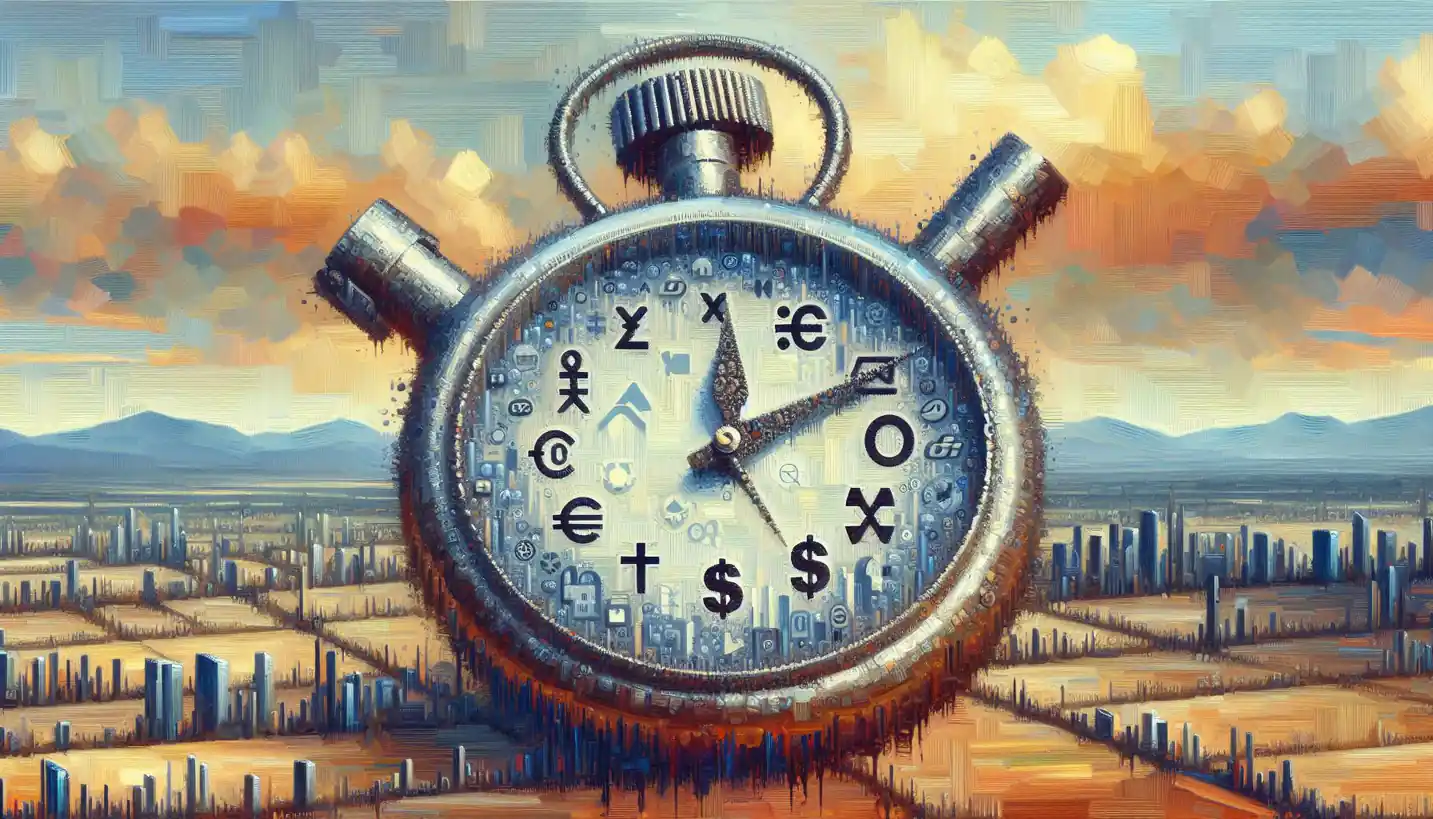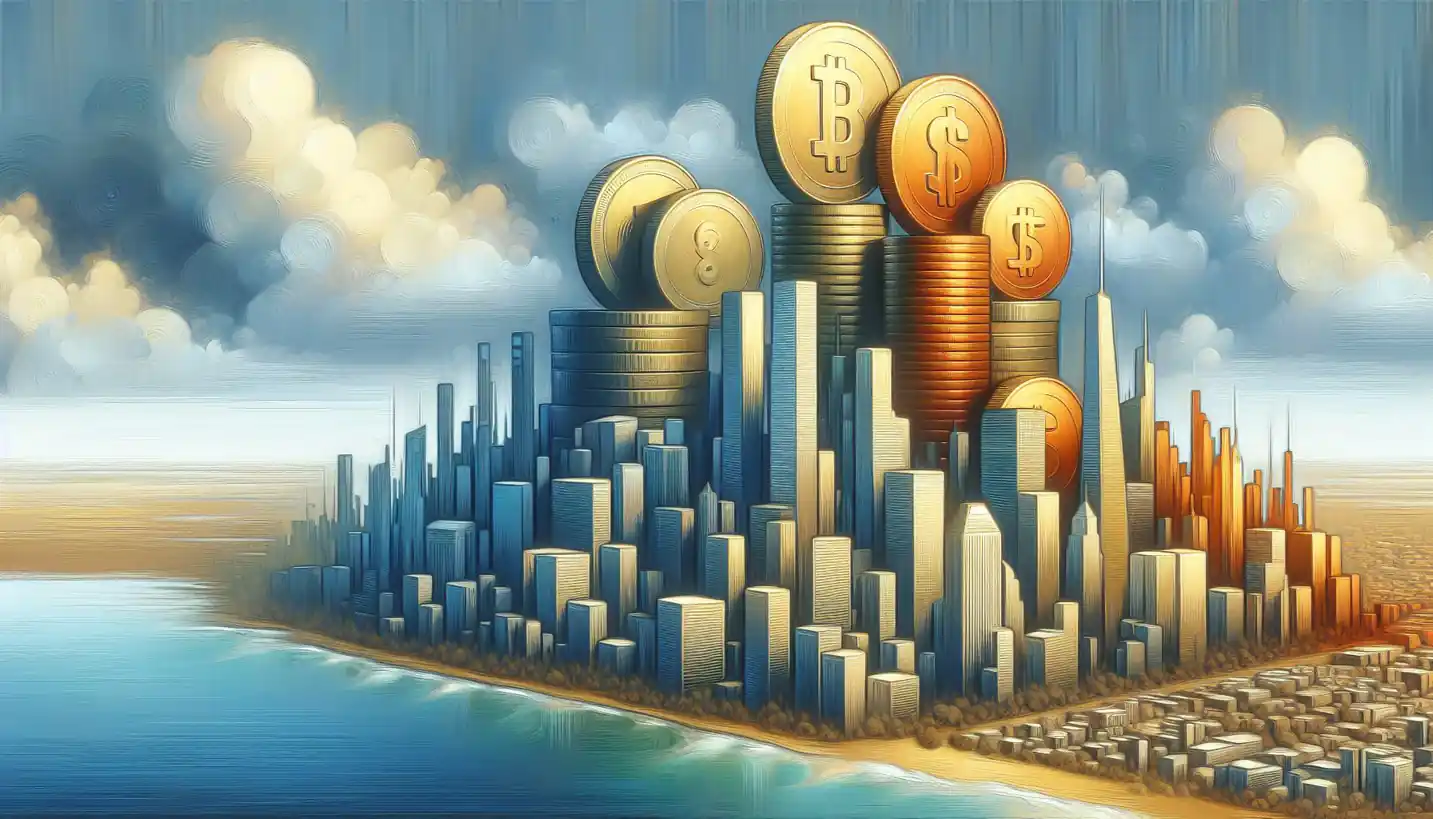· Economics · 4 min read
Energy Intensity: Unlocking the Secrets of Efficiency
Energy intensity reveals efficiency secrets in energy economics. Dive into how it measures the amount of energy used per unit of economic output.

Every time you flick on a light switch or turn on your car, energy is being used. But have you ever wondered how efficiently it’s being used? That’s where the concept of energy intensity comes into play. It’s a bit like measuring how much bang you’re getting for your buck when it comes to power consumption.
What is Energy Intensity?
Energy intensity is the amount of energy used to produce a certain level of economic output. Imagine you’re baking a cake. If you manage to use fewer ingredients but still bake a delicious cake, that’s being efficient. Similarly, in the world of economics and energy, if a country or a sector uses less energy to produce more goods and services, it has a low energy intensity, which is a good sign of efficiency.
Why Does Energy Intensity Matter?
Energy intensity is crucial because it helps us understand how well a country or industry balances its energy use with productivity. Lower energy intensity means less energy is needed for the same amount of economic growth, which indicates a reduction in energy waste and usually a lower impact on the environment.
Countries strive to reduce energy intensity as part of their sustainable development goals. By improving energy efficiency, they can reduce their carbon footprints, lower greenhouse gas emissions, and contribute to global environmental health.
The Role of Technology and Innovation
Technological advancements play a critical role in reducing energy intensity. Think about the evolution of vehicles over the years. Older models consumed much more fuel compared to today’s cars, which are often equipped with energy-efficient engines, hybrid systems, or even run entirely on electricity. These innovations help decrease the energy intensity of the transportation sector.
In industries, adopting modern machinery and automation can significantly cut down on energy consumption. For example, smart manufacturing techniques use sensors and AI to optimize energy usage in real-time, leading to reduced waste and increased output.
Historical Trends: Energy Intensity Over Time
Over the decades, energy intensity has shown a declining trend in many developed countries, thanks to technological improvements and more efficient energy policies. However, the path isn’t uniform across the globe. While developed nations progress, developing countries might experience a rise in energy intensity due to rapid industrialization, unless they adopt modern technologies early on.
For example, during the Industrial Revolution, energy intensity was high as coal and steam engines drove economic growth. Today, even though economies continue to grow, energy efficiency measures have led to reduced energy consumption per unit of GDP.
Energy Intensity and Renewable Energy
The shift toward renewable energy sources like wind, solar, and hydropower can also lower energy intensity. These sources often provide cleaner energy at a more stable and long-term cost compared to fossil fuels. By investing in renewables, countries can achieve substantial improvements in energy efficiency and reduce their reliance on nonrenewable resources.
Real-World Applications and Benefits
Reducing energy intensity isn’t just about using less energy; it’s about saving money and resources while minimizing environmental impacts. Businesses that adopt energy-efficient practices often see lower operational costs and improved competitiveness. Take supermarkets, for example. By installing energy-efficient lighting and refrigeration units, they can significantly reduce their power bills.
On a larger scale, cities that focus on energy-efficient public transportation, like electric buses and subways, can decrease congestion, reduce pollution, and enhance the quality of life for their residents.
Challenges and Future Directions
While there are many benefits to reducing energy intensity, there are also challenges. Transitioning to energy-efficient technologies requires upfront investments, which can be a hurdle for some companies and countries. Moreover, there’s a need for policies that support innovation and provide incentives for energy efficiency improvements.
Looking ahead, addressing these challenges involves a collaborative effort between governments, industries, and consumers. New policies aimed at promoting energy efficiency, investments in research and development of clean technologies, and raising awareness about energy consumption habits are crucial steps toward a sustainable future.
Conclusion
Energy intensity is a vital concept in understanding how energy is utilized in relation to economic growth. By reducing energy intensity through technology, smarter policies, and a shift to renewable energy, we can pave the road to a more sustainable and efficient world. The question remains: how fast and effectively can we make these changes? The answers will determine not only our economic success but also the health of our planet.



